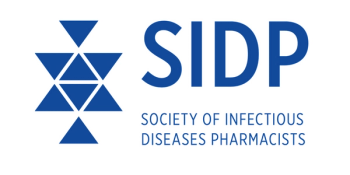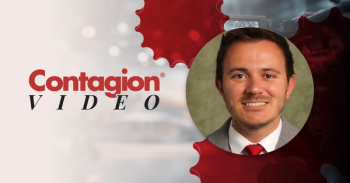
Study Examines Urban/Rural Divide in Clinician HIV Experience
Rural counties are less likely to have an experienced HIV clinician, despite increasing HIV incidence.
HIV
The investigators of a new study published in
Results were gathered using Medicaid claims and clinician characteristics, National Center for Health count-level rurality statistics, and AIDSVu data on diagnosed HIV cases.
A total of 14 states were included in the analysis. The investigators considered clinicians accepting Medicaid insurance an approximation of the region’s accessible HIV workforce, given three-quarters of clinicians accept Medicaid.
HIV experience was defined as having provided care to 10 or more Medicaid enrollees across 3 years. Workforce capacity was assessed using county-level population-to-clinician ratios.
The study team identified 5012 clinicians providing routine HIV care among the 14 Southern states analyzed. Out of these 5012 clinicians, only 13% practice in rural counties and more than 90% of rural county clinicians are not considered HIV experienced.
Out of all identified HIV clinicians, fewer than 30% are considered HIV experienced.
The investigators also noted that 82% of the HIV clinicians examined are physicians and 12% are advanced practitioners.
Of the 4094 physicians, internal medicine and primary care are the most common specializations, with infectious disease specialists comprising only 18% of the sample.
Out of the 926 counties examined, 373 had 0 HIV focused clinicians at all. Counties without HIV clinicians were estimated to have 11,987 diagnosed HIV cases, almost 60% of which were in rural counties.
Given a total of 1397 HIV experienced clinicians, the investigators concluded that 81% of counties in the southern states analyzed have no HIV experienced clinicians and that rural counties are less likely to than urban counties.
The team found that HIV experienced clinicians are significantly less likely to practice in rural counties (4%) versus non HIV-experienced clinicians (17%).
These figures illustrate one of the several reasons why dramatic differences are observable in HIV care continuum outcomes between urban and rural communities. While a majority of people living with HIV live in urban counties, HIV incidence in rural counties continues to increase.
“Moreover, as the ongoing
The investigators point to several methods of ending the divide between town and country, including telemedicine. However, barriers such as limited reimbursement, state-specific clinician licensure, or limitations on prescribing may inhibit the implementation of telehealth for HIV management.
Newsletter
Stay ahead of emerging infectious disease threats with expert insights and breaking research. Subscribe now to get updates delivered straight to your inbox.




























































































































































































































































































